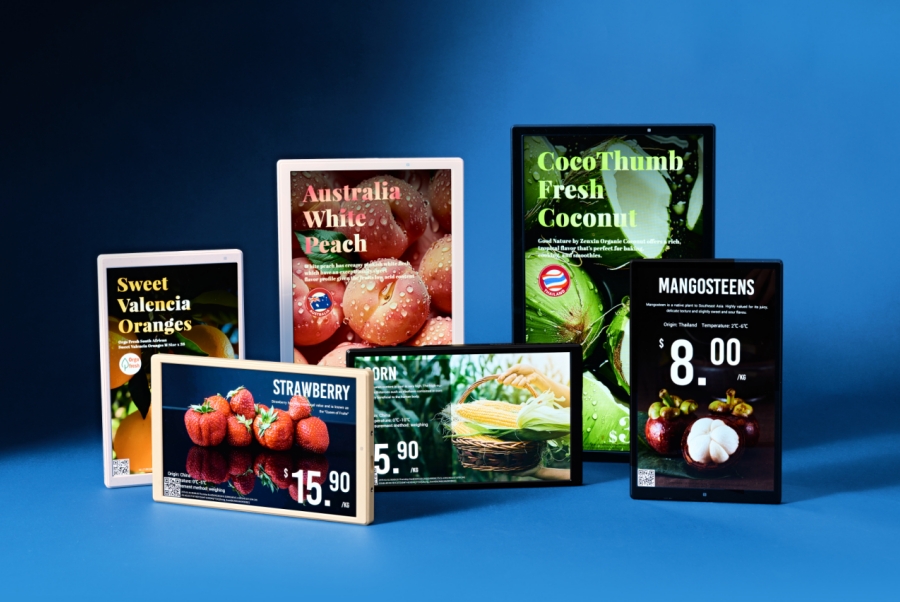ESL price tags, a new type of pricing system, are gradually becoming part of our everyday shopping experience. By replacing traditional paper tags with digital ones, these tags can update pricing information in real time, offering consumers a more convenient and accurate shopping experience. This transformation not only enhances shopping efficiency but may also offer unexpected savings opportunities for consumers.
However, the shift has sparked some concerns among consumers. One worry is that the ability to change prices instantly might increase the risk of price manipulation—for instance, raising prices unfairly during periods of high demand. But experts emphasize that although ESL price tags allow stores to adjust prices more easily, this doesn’t mean you’ll have to pay more for ice cream or bottled water on a hot summer day or for umbrellas during a storm. On the contrary, this innovation could actually help reduce your expenses.

Timothy Webb, Associate Professor at the Alfred Lerner College of Business and Economics, notes that while media often portray ESL price tags as a tool to boost profits, that’s not the whole story. “Yes, in some cases, the new system can benefit retailers,” he explains, “but it doesn’t necessarily mean shoppers will lose out.” In fact, the move is more about improving efficiency than burdening consumers. Manually updating thousands of product labels is a massive task—and as grocery stores continue to grapple with labor shortages, this challenge is becoming increasingly evident. According to a report from Grocery Doppio, 68% of grocery retailers say they face “difficulty” or “great difficulty” with staffing.
The main motivation behind the adoption of ESL price tags is efficiency, not just cost-cutting. Changing price tags for thousands of products manually is time-consuming and resource-intensive, especially amid ongoing labor shortages. The Grocery Doppio report reveals that up to 68% of grocers admit to having significant difficulties with workforce availability. At the same time, as the cost of ESL price tag technology continues to fall, more grocery stores are considering its adoption. Z. John Zhang, a marketing professor at the University of Pennsylvania, remarked, “ESL price tags will become the industry standard. Many grocers are gradually introducing the system to adapt to market changes.”
Although many consumers might be wary of dynamic pricing, experts argue that this system can actually help shoppers save. Electronic price labels make it easy for stores to adjust prices—such as offering discounts during off-peak hours—thus easing employees’ workload while giving customers better deals.
Dynamic pricing strategies enable grocery stores to remain profitable while offering budget-conscious shoppers lower prices. Rather than aggressively raising prices during high-demand periods, retailers are more inclined to provide discounts during slower shopping hours.
Moreover, dynamic pricing can help reduce food waste. Grocery stores can quickly mark down near-expiration produce, offering consumers more attractive pricing. In an effort to maintain strong customer relationships, many retailers—including Target, Aldi, and Walmart—have chosen to lower prices on a wide range of products in response to rising costs of household essentials.
In summary, while the adoption of digital price labels may raise questions for some consumers, the technology offers significant potential to improve efficiency and enhance the shopping experience. From reducing food waste to enabling smarter discounts, ESL price tags are shaping up to be a win-win solution for both retailers and shoppers.